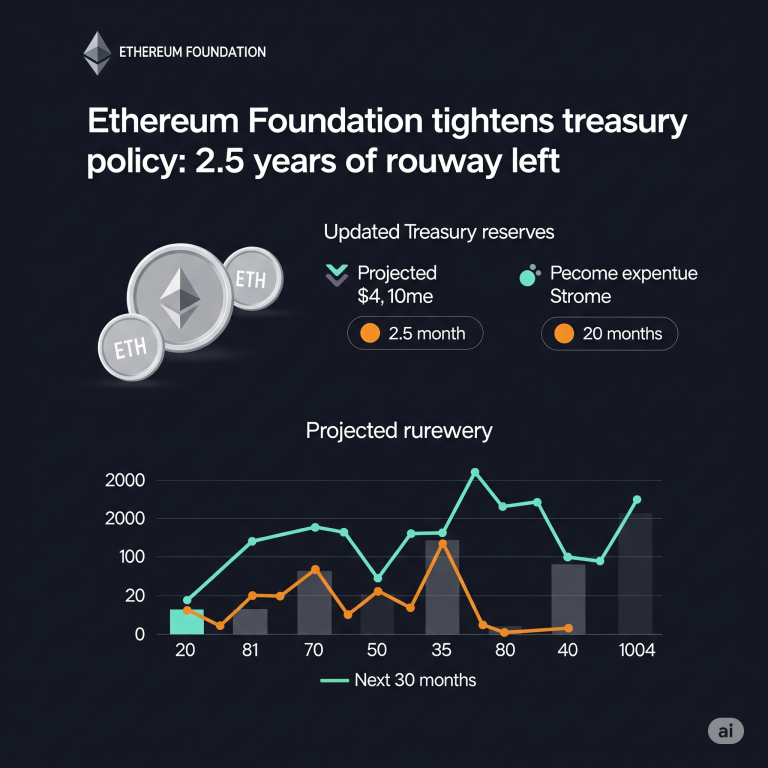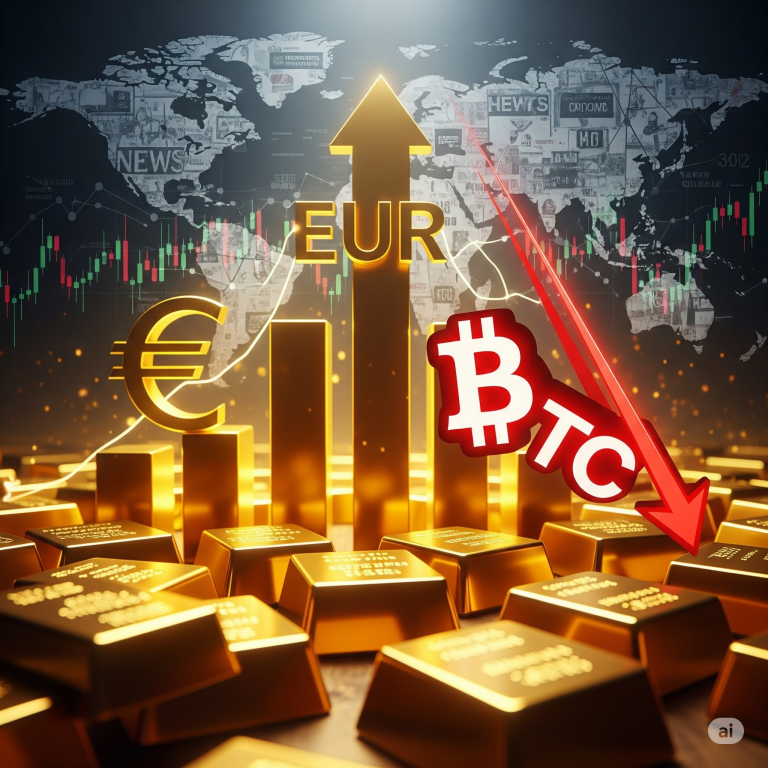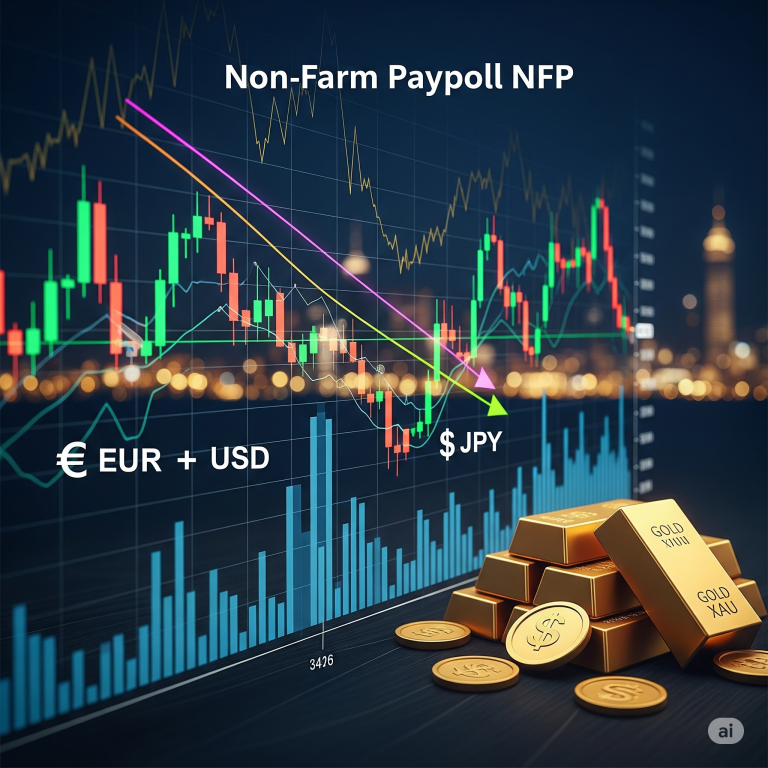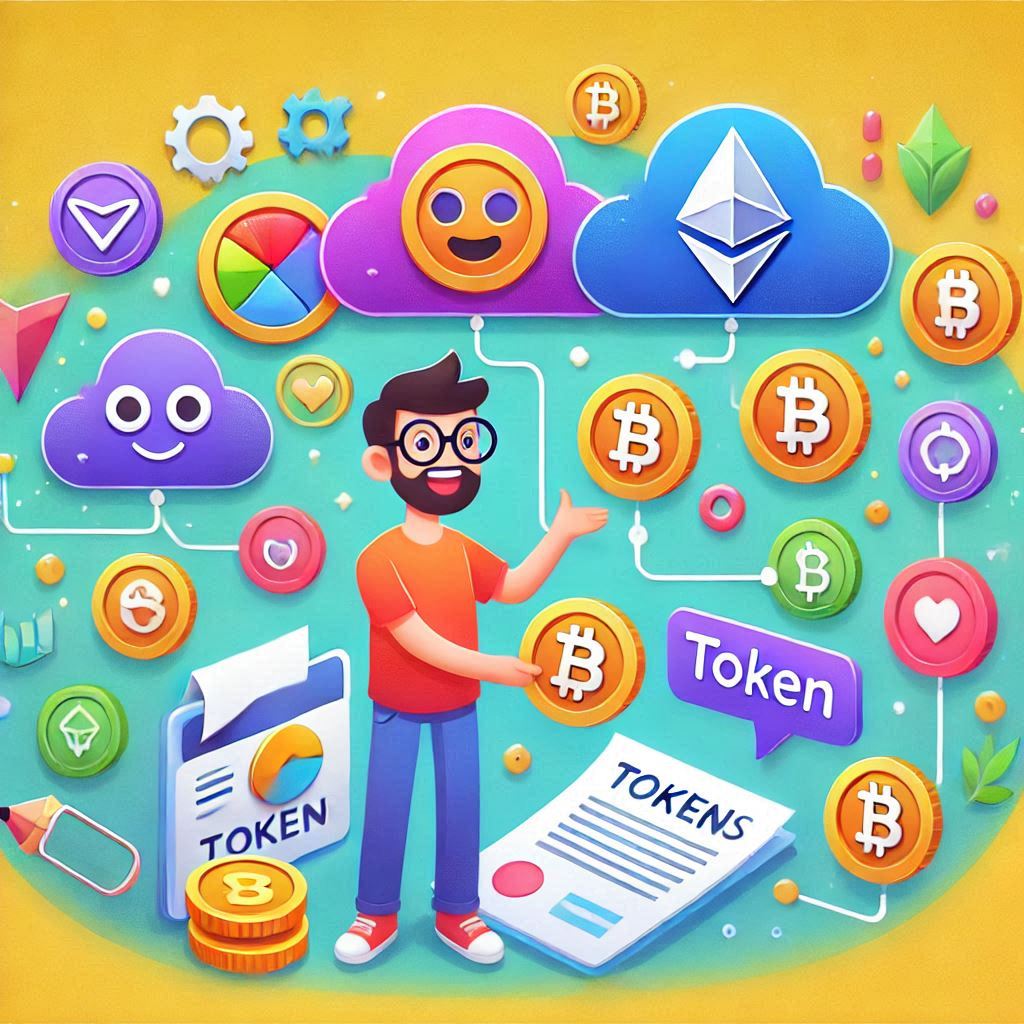
Tokenization of RWAs represents one of the groundbreaking innovations that shift the nature and manner of tangible asset management and investment. When physical assets in the form of real estate, commodities, art, or even intellectual property become digital tokens within a blockchain, tokenization aids in enhancing the liquidity of ownership, facilitating it across geographies, and improves security.
As a result, fractional ownership would be feasible such that the buy and sale portions of the formerly illiquid asset can now occur. In addition, blockchain technology provides transparent, immutable records of ownership and transactions, thereby reducing the risk of fraud and increasing trust among investors. As tokenization continues to gain momentum, it paves the way for innovative financial products and services within the decentralized finance (DeFi) ecosystem, offering new avenues for wealth growth and democratizing investment opportunities.
What is Tokenization?

Tokenization is the process by which real-world assets are converted into digital tokens that can be stored and maintained in a blockchain. It represents ownership of physical assets, such as land, art, or commodities, as a form of digital token. Tokens can be traded, transferred, and divided into smaller units, enabling fractional ownership. Tokenization increases liquidity, accessibility, and transparency in asset management, since blockchain technology guarantees secure and immutable records of transactions. This new approach democratizes investment opportunities by allowing a greater number of investors to participate in markets that are otherwise inaccessible or illiquid.
Why Tokenize Assets?
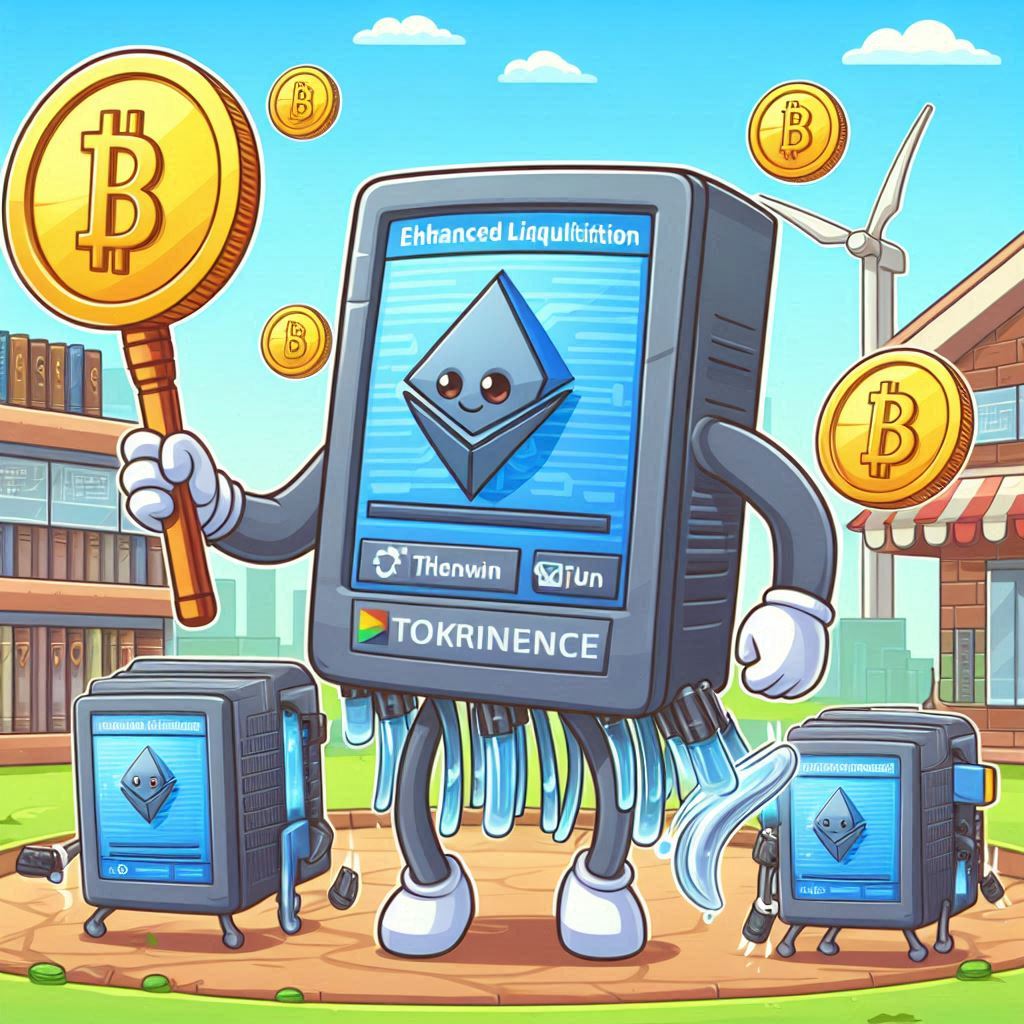
1. Enhanced Liquidity:
Increased liquidity, for instance, is one of the most impressive benefits of tokenization. As real-world assets convert to digital tokens, tokenization enables fractional ownership, making the buying and selling of portions of traditionally illiquid assets such as real estate, art, or commodities easier to access. That way, tokenization democratizes greater access to assets, allowing more investors to participate in the markets. With tokenized assets, transactions occur more quickly and cheaply, thus saving time and cost for traditional asset transfers.. As such, the market of those assets will become dynamic and available; higher liquidity, and increased investment opportunities, will then have to be harnessed.
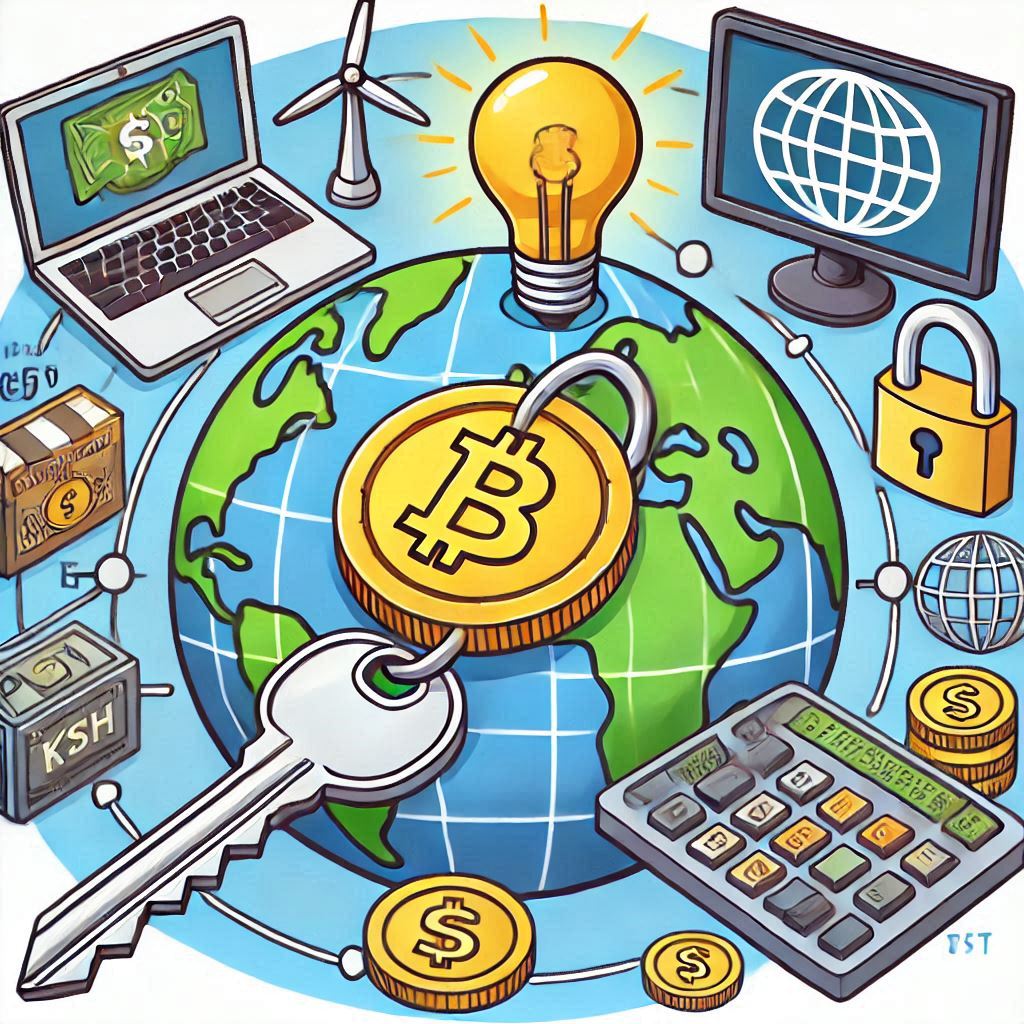
2. Global Accessibility:
The greatest transformation that tokenization brings about is global accessibility. It means allowing a broad array of investors, from any part of the globe, to enter asset markets. Tokenization helps convert physical assets into digital tokens, breaking the geographical boundaries between people so that anyone with internet access can invest in and trade these assets. This democratizes investment opportunities, making markets accessible to small and large investors alike, which otherwise remained inaccessible. Trading tokenized assets on global platforms increases the efficiency of the market. Promotes inclusivity, and encourages a broader participation in wealth-building activities. Tokenization, therefore, not only increases market liquidity but also strengthens the connectivity of an even more equitable global financial ecosystem.
3. Increased Transparency and Security:
Increased transparency and security are core strengths that real world asset tokenization brings forth. Blockchain-based assets ensure transactions coupled with all rights of ownership do not have even a semblance of forgeability or manipulations. As much as that sounds, there should be improved comfort among the stakeholders, considering individuals can freely compare the true essence and ownership histories of their potential investments.
The decentralized nature of blockchain minimizes the risks of centralized fraud and manipulation. Thus, this is a higher level of security compared to the traditional methods. Every transaction will be recorded on a secure ledger, minimizing the risks of disputes and errors. This will result in a more secure and reliable investment environment, building investor confidence and strengthening the integrity of the market.
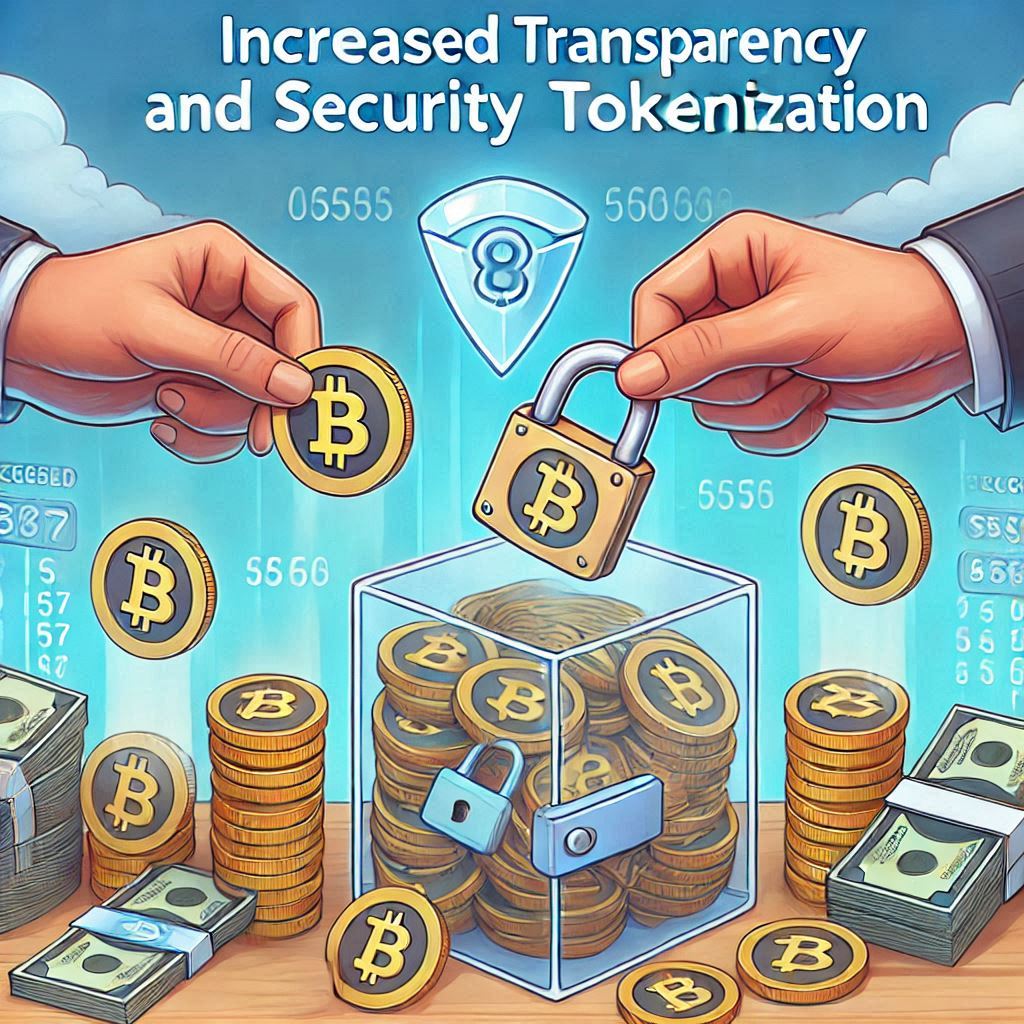
4. Innovation in DeFi:
The tokenization of real-world assets is really driving innovation in decentralized finance, or DeFi. Innovators are emerging new financial products and services by integrating tokenized assets into the DeFi ecosystem that were simply unimaginable earlier. They include innovations such as asset-backed lending, through which users can use tokenized assets as collateral for loans, and decentralized exchanges that allow users to trade them without intermediaries.
Yield farming and staking are also possible through tokenization, which means that investors have alternative ways of earning returns on their holdings. This synergy between tokenization and DeFi is creating a more inclusive, efficient.
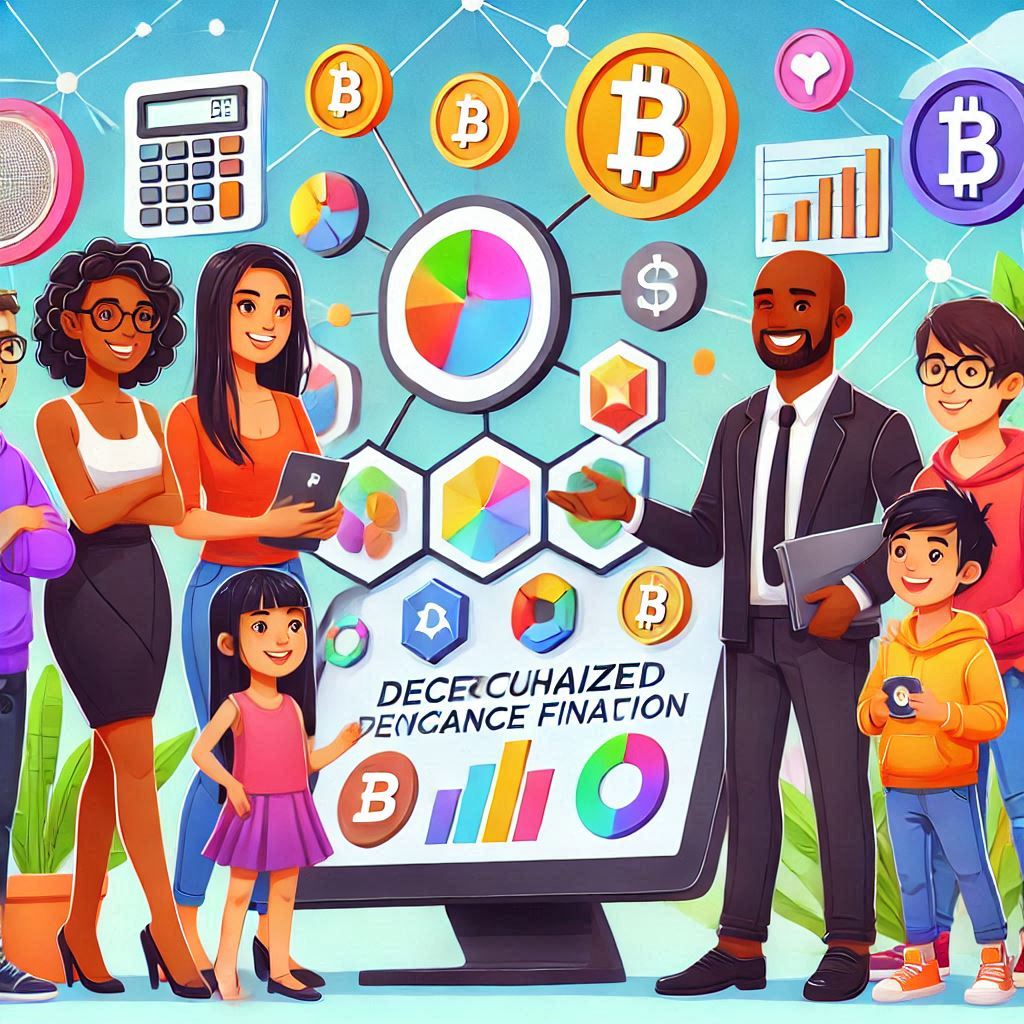
Real-World Applications
The application of tokenization spans various industries:
- Real Estate: Platforms like RealT and Meridio are already tokenizing properties. Enabling investors to buy and sell fractional ownership in real estate.
- Art and Collectibles: Companies such as Maecenas are bringing art investments to the blockchain.
- Commodities: Tokenizers are converting precious metals and other commodities, providing more efficient trading and investment opportunities.
- Intellectual Property: Innovators can now tokenize patents, trademarks, and other intellectual properties, creating new revenue streams and investment possibilities.
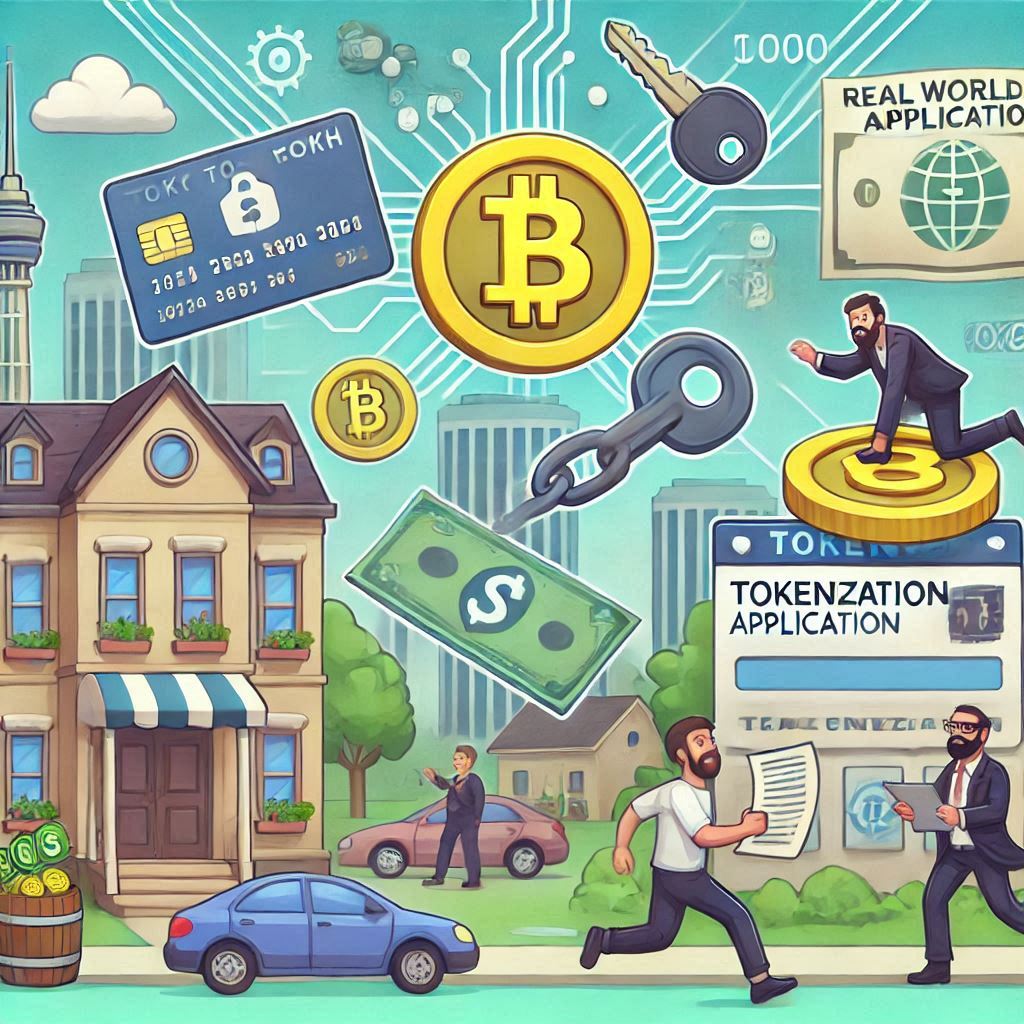
The Road Ahead
While its promise is immense, challenges remain. Regarding regulatory frameworks, we still need to see how the adaptation of such a new framework unfolds. To consider technological advancement successful, it must ensure scalability and security. Nevertheless, the trajectory is clear: tokenization will redefine asset management, making it more inclusive, efficient, and transparent.
All things said and done. Tokenization of real-world assets is not a technology advancement but a paradigm shift in how we perceive and interact with value. With this innovative trend continuing on the rollers. It’s an exciting time for seasoned as well as novice investors to explore the potential of digital tokens. In short, the future of asset ownership has arrived and is tokenized.
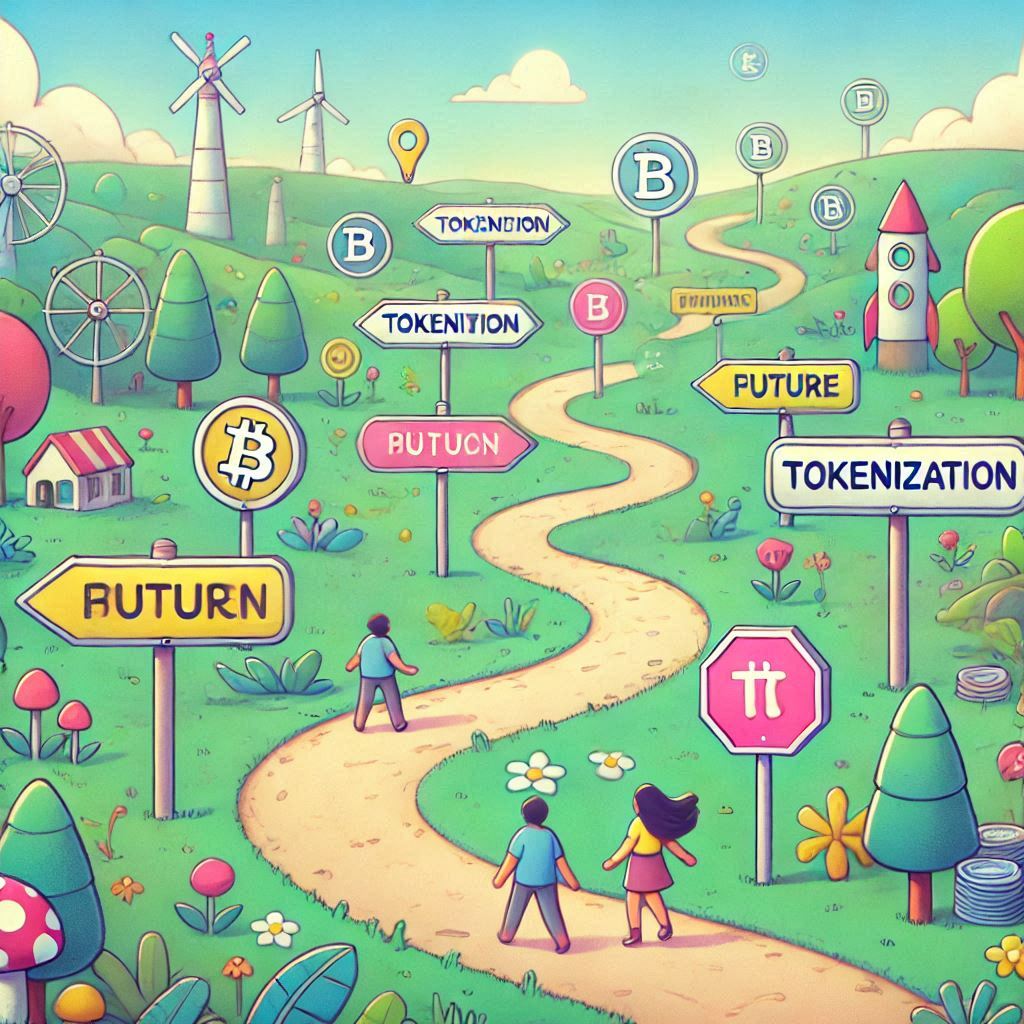
You can check more information from here
Subscribe to our newsletter!

